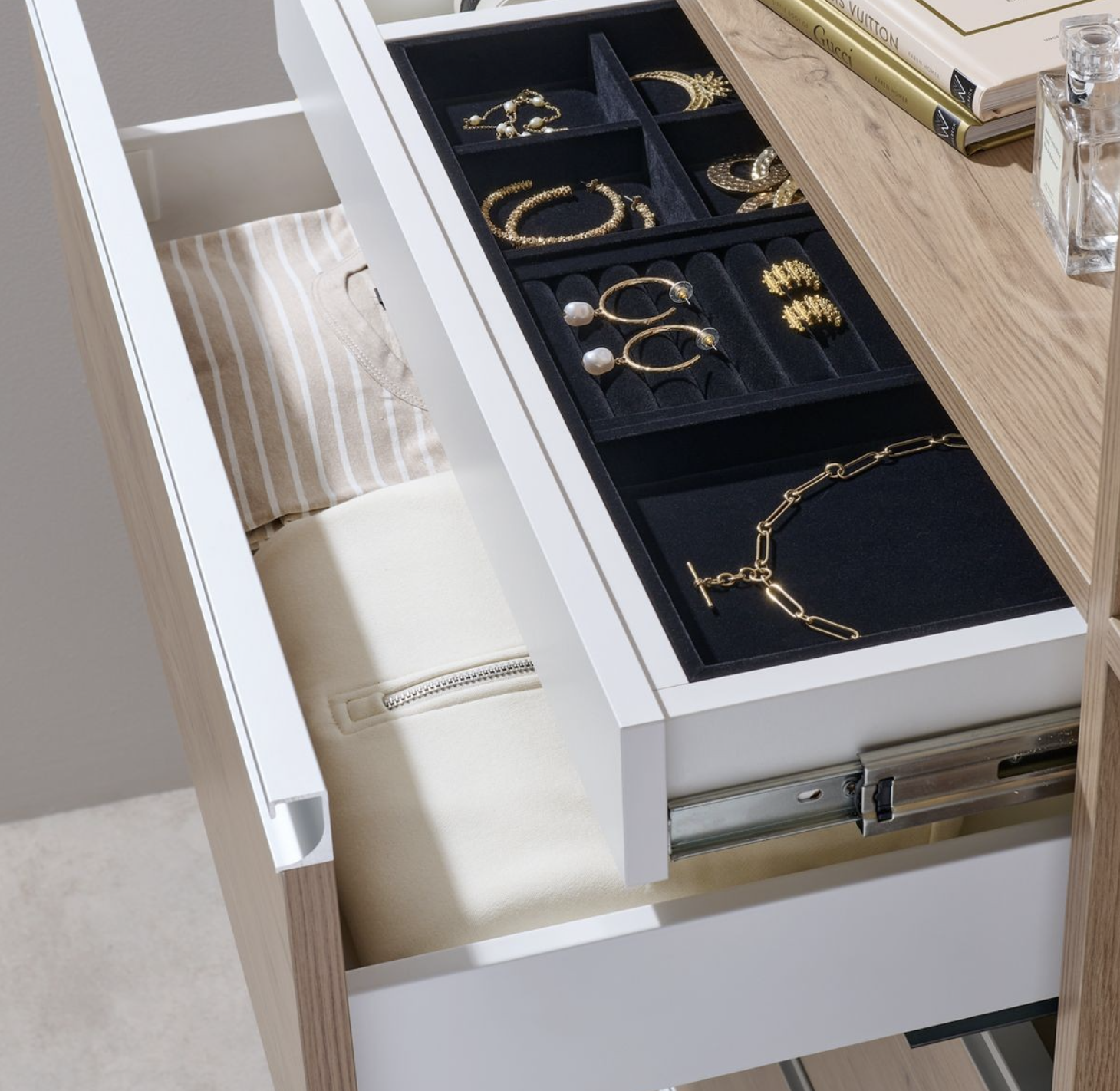Speedy Screens Care & Maintenance
INSECT SCREENS & SECURITY SCREENS
Speedy Screens Insect Screens and Security Screens protect you from annoying Insects and Intruders when your doors and windows are open in warmer temperatures.
With simple maintenance, they will give you years of worry-free service.
MAINTENANCE:
Regular care and maintenance are recommended to maintain the efficiency and longevity of your insect and security screens.
For best results, thoroughly clean screens at least once every six months, or more often in areas with high pollutants or high concentrations of sea air.
In general, aluminium insect screen frames in urban areas should be cleaned every three months and in rural areas every six months. In industrial and marine environments (within 1 km of the sea), monthly cold water washing, as well as six-monthly washes with warm water & detergent, is necessary.
NOTE: Insect screens are designed for insect control in your home and are not intended for the retention/security of animals or children, inside or outside your
home. They are not designed for windy conditions, so windows or doors should not be left open on windy days.
CLEANING:
Spot cleaning on screens is best done with a vacuum cleaner using a soft brush head, removing much of the surface dirt.
Use the vacuum cleaner and nozzle head to clean the screen tracks, removing dirt and debris. Alternatively, a leaf blower/air compressor on a low setting also works well.
Clean the tracks and frame with warm, soapy water.
If possible, remove screens for cleaning outside. Mesh cleaning is best done with a gentle rinse from the garden hose, then a gentle scrub with a soft bristle
brush and warm soapy water, followed by a rinse with the hose.For non-removable screens, rinse with a sponge and fresh water and clean as above.
Lubricate moving parts/tracks with Dry Glide or Silicon Spray only.
If Pleated Insect Screens start to lose their shape, retract them while they are still wet and hold them in the closed position overnight to reform their pleated memory.
DO check your mesh regularly to catch any rips or problems quickly for repairs.
DO NOT use solvents or harsh detergents on any of the insect screen parts, frame or mesh.
DO NOT under any circumstances lubricate moving parts with multipurpose CRC, WD40, Silicon Grease, etc. These will eventually bind up the moving parts with dust and debris.
ALUMINIUM FRAME:
Carefully remove any loose deposits with a wet sponge.
Wash down using a soft brush (non-abrasive) and a mild household detergent solution to remove dust, salt, dirt and other deposits.
Anodised finishes with greasy deposits or hard-to-remove grime should be cleaned with a soft cloth dipped in white spirit, turpentine or kerosene, then wiped with a dry rag.
Rinse off with lots of clean, fresh water.
A quick wipe over with an absorbent cloth, a chamois, will prevent water marks from forming.
Moving parts can be lubricated with an aerosol lubricant such as Dry Glide or Silicone Spray.
DO NOT use scourer pads, water blasters, abrasive scouring cleaners, or caustic solutions, as these can cause permanent damage to the finish.
DO NOT use solvents or harsh detergents on any of the Speedy Screen Insect Screens.
DO NOT use aggressive solvents, thinners, petrol, etc, on powder coating as these solvents will attack gloss levels and reduce its life expectancy.
DO NOT let any solvents used on anodised finishes come in contact with any rubber components, as they can degrade them.
DO NOT expose your anodised/powder coatings to excessive heat, heaters or hot air guns - these may damage the coating.
WARDROBE ORGANISERS & WARDROBE DOORS
Speedy Screens wardrobe organisers and doors revolutionise storage throughout the home and enhance the look of rooms. They also provide years of great service, all with minimal maintenance requirements.
MAINTENANCE:
Wardrobe doors and organisers are built for use as indoor furniture in your home and have similar maintenance requirements. Avoid sharp objects coming into contact with wardrobe doors, and any spills should be cleaned up straight away.
The most common maintenance is keeping the wardrobe door track clear of debris and lubricating the top track and rollers with an aerosol lubricant such as Dry Glide or Silicon Spray.
CLEANING:
Cleaning wardrobe door tracks is best done with a vacuum cleaner and nozzle head, using a soft brush to remove any stubborn dirt. An occasional squirt of lubricant after cleaning helps keep doors gliding smoothly. Wardrobe door surfaces and organisers should be regularly dusted and cleaned.
Use a soft cloth to remove any dust and loose dirt.
With warm water and a mild detergent, wipe wardrobe doors, frames and wardrobe organisers till clean.
Avoid high temperatures and excessive moisture in rooms where wardrobe doors and organisers are installed.
DO NOT place wardrobe doors or organisers in direct sunlight.
DO NOT overload wardrobe organisers/furniture, particularly wire basket sets and shelves, they are for reasonable quantities of clothing only.
ALUMINIUM FRAME:
Carefully remove any loose deposits with a wet sponge.
Wash down using a soft brush (non-abrasive) and a mild household detergent solution to remove dust, salt, dirt and other deposits.
Anodised finishes with greasy deposits or hard-to-remove grime should be cleaned with a soft cloth dipped in white spirit, turpentine or kerosene, then wiped with a dry rag.
Rinse thoroughly with clean, fresh water.
A quick wipe over with an absorbent cloth, such as a chamois, will prevent water marks from forming.
DO NOT use scourer pads, abrasive scouring cleaners, or caustic solutions, as these can cause permanent damage to the finish.
DO NOT use solvents or harsh detergents on any of the aluminium frames.
DO NOT use aggressive solvents, thinners, petrol, etc, on powder coating as these solvents will attack gloss levels and reduce its life expectancy.
DO NOT let any solvents used on anodised finishes come in contact with any rubber components, as they can degrade them.
DO NOT expose your anodised/powder coatings to excessive heat, heaters or hot air guns - these may damage the coating.


